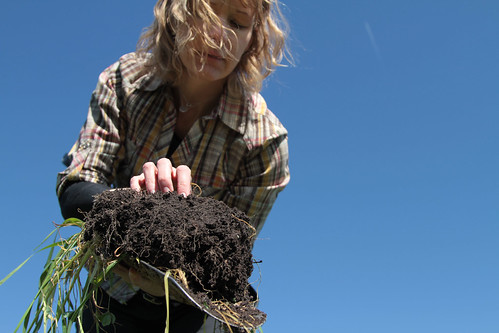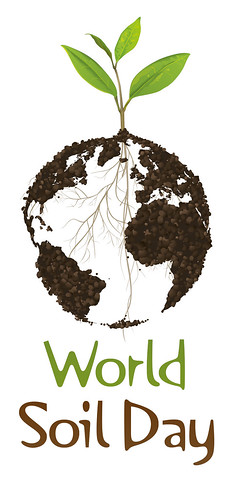
Last year during the International Year of Soils (IYS), I had the incredible opportunity to help the USDA-Natural Resources Conservation Service (NRCS) spread the word about the many life-giving functions of soil. As part of this effort, I traveled to New York City to attend the kickoff ceremony for IYS at the United Nations, which was held on World Soil Day.
In 2014, the United Nations General Assembly designated December 5 as World Soil Day. It is observed this day each year to honor the birthday of King Bhumibol Adulyadej of Thailand, the world’s longest reigning monarch, who passed away in October. He played a pivotal role in the promotion of soil science and conservation, and was a leader in sustainable land resource management.
It was so exciting to gather with world leaders to salute the soil! I was excited to meet conservationists from across the globe who were committed to protecting and improving the foundation of our world’s ability to produce an adequate and healthy food source. The message was loud and clear; we must do all we can to protect and improve soil resources because the food we eat is directly related to the health of the soil in which it grows. Soil quality impacts so many other critical elements like water quality, biodiversity, wildlife habitat, plant growth, and crop production.

A growing number of America’s farmers are implementing management systems to improve the health and function of their soil. These soil health farmers understand that soil is alive and they utilize practices that promote a healthy soil ecosystem. Fully functioning soil provides an environment that sustains and nourishes plants, soil microbes and beneficial insects.
These conservation-minded farmers are coming together on social media to share their experiences through groups like Carolina Cover Crop Connection and South Dakota Soil Health Coalition. They are excited to show and tell others about their success with soil health management.
On World Soil Day, I am proud that the work of NRCS’ dedicated conservationists helps farmers plan and implement conservation practices that support a healthy soil ecosystem. Farmers are sequestering more carbon, increasing water infiltration, improving wildlife and pollinator habitat—all while harvesting better profits and often better yields. Soils are vulnerable to carbon loss through degradation, but conservation practices like no-till, cover cropping, and diverse crop rotations can build and restore soil health.
This World Soil Day, take time to thank the soil and all that it provides. Our very existence depends upon it! Whether you are a farmer, a backyard gardener, or live in the city, remember that without soil, we could not survive. Check out this NRCS video series about the many things that depend on healthy soil—many which we take for granted. Whether it’s the food we eat, the homes in which we dwell, or the medicines that heal us, it all started with the soil.
NRCS salutes the farmers and landowners who are doing their part to protect and improve soil health. Happy World Soil Day!

